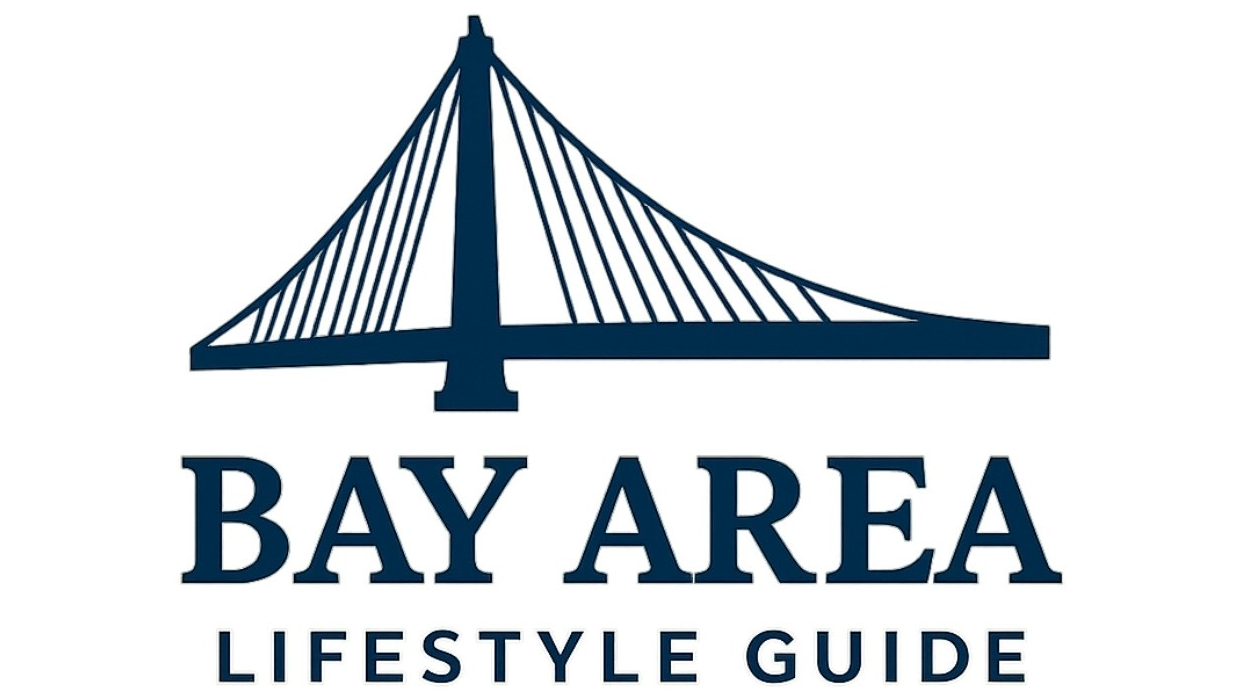
Lobbying: The Unseen Force Shaping Our Roads
Transportation is the backbone of our communities, shaping how we navigate life and access vital services. Yet, an invisible puppet master, the lobbying industry, pulls the strings behind the scenes when it comes to the roads we drive on and the infrastructure projects we rely upon. In this article, we dive into the complex world of lobbying, its profound impact on transportation legislation, and how it ultimately affects us all.
The Dark Art of Lobbying: Where Money Meets Politics
Lobbying is often perceived as the realm of the wealthy and powerful, and for good reason. In 2024 alone, transportation lobbying expenditures exceeded $300 million, a staggering figure that underscores the immense influence these groups have on policymaking. The American Trucking Associations and the United States Chamber of Commerce are just two of the heavyweights in this space, vying for legislative changes that serve their interests. As they pour millions into campaigns, their lobbying efforts are directed towards better access to decision-makers and favorable regulations that can shape the trajectory of transportation infrastructure.
The Role of Lobbying in Shaping Infrastructure
For us, the everyday residents of the San Francisco Bay Area, understanding how lobbying shapes our infrastructure decisions is crucial. Lobbyists influence draft legislation, regulations, and funding allocation for transportation projects — from bike lanes to city bridges. Consequently, the heavy-weight lobbyists may sway the funds away from necessary improvements to transit systems and towards expansive highway projects that benefit a select few.
A Closer Look at the Players in the Game
The list of organizations and corporations funneling money into transportation lobbying is extensive and eye-opening. It ranges from associations dedicated to motor vehicles to large tech entities like Uber and Lyft. Interestingly, even federal agencies like the National Highway Traffic Safety Administration (NHTSA) get involved, lobbying for policies influenced by those very industries. This creates a regulatory environment where government entities are at times lobbying the government themselves, presenting a paradox that leaves many questioning the integrity of our legislative process.
Who Loses When Lobbying Dominates?
It's essential to analyze what happens when lobbying overshadows public interests. The focus shifts from sustainable and healthy communities to the demands of well-funded lobbyists. Although supporters of lobbying argue that it is a necessary channel for advocacy and influence, many community members find themselves on the losing end. Funding for pedestrian-friendly initiatives, public transportation options, and green infrastructure often falls to the wayside, leaving our neighborhoods with outdated, car-centric frameworks that do little to enhance the quality of life.
What Does This Mean for Us?
The Bay Area, with its emphasis on community and wellness, faces a critical juncture. We must ask ourselves: what kind of community do we want to build? Invested citizens need to engage in the conversation around transportation policy, understanding that our voices can counterbalance the clout of powerful lobbyists. Every letter, every rally, and every community meeting can tip the scales toward healthier, more sustainable urban planning.
The Road Ahead: Creating Lasting Change
For the discerning Bay Area resident, an awareness of the lobbying landscape isn’t just informative; it's empowering. Take the time to engage with local governments, support grassroots movements, and advocate for policies that prioritize community needs over corporate interests. Through active involvement, we can enhance our local infrastructure, ensuring it aligns with our values of health and wellness.
Join the Fight for Better Infrastructure
Take action today by getting involved with local advocacy groups or participating in public meetings on transportation policy. Your voice matters, and together, we can challenge powerful lobbyists to promote infrastructure that serves the community rather than lining corporate pockets. Join us in shaping a better future for our neighborhoods!
 Add Row
Add Row  Add
Add 



Write A Comment